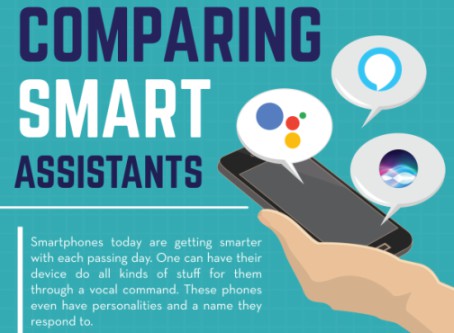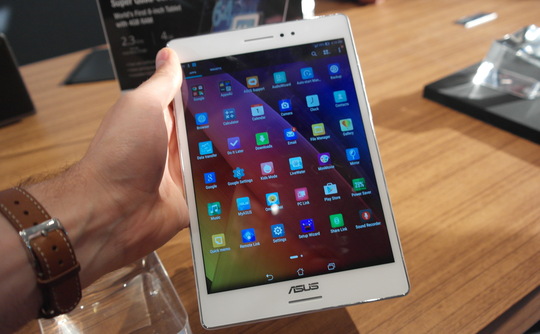Last Updated on January 26, 2024 by Sohail Qaisar

Coaxial cables have established in-depth roots in the domain of technology. Despite the consistent advancements in the technology of digital connectivity, coaxial cables remain undisputed. With the newfound capabilities like MoCA, these heavy hitters still find relevance and a role to play in modern entertainment and communication. Let’s review their role in the essential sectors of television, satellite connectivity, and overall communication that makes them such an important component:
In The Realm of Television Connectivity
Coaxial cables have always played a prominent role in providing top-notch television services. Before the era of online streaming and OTT platforms, Cable and satellite TV were the only sources of entertainment. In many countries and among many individuals, it still plays a vital role, especially as an amenity to offer.
Worldwide cable providers rely on the high-quality audio and video capabilities of coaxial cables. Moreover, it offers an uninterrupted network that is often easier to maintain and repair. For operations like running a cable TV service or satellite TV company, coaxial cables provide a cost-effective solution in the long term while also offering optimum entertainment.
Key Points to Note:
- Coaxial cables provide enough bandwidth and transmission for stable TV channel connectivity, including high-definition streaming.
- Despite streaming services, Cable TV is an essential revenue generator and a massive industry. Coaxial cables offer a lucrative business opportunity.
- Coaxial cables are also used with legacy gaming consoles and the TV for entertainment.
The Domain of Satellite
Sattelite connectivity is one step ahead in terms of TV and entertainment. Coaxial cable once again played a remarkable role in offering TV aerial cable services. Imagine connecting your dish’s Low Noise Block to a satellite receiver to receive streaming directly from the satellite in High Definition. All with minimal signal loss.
This robust capacity makes coaxial cables relevant and adaptable in modern technology. Moreover, they are also used in various satellite connectivity for transmission. While optic cables are trying to invade satellite connectivity, coaxial cables dominate the utility.
Key Points to Note:
- Sattelite connections require weather-proof installation that coaxial cables can provide.
- It is easier to replace and repair coaxial cables compared to optic cables.
- Many legacy satellite systems, military bases, and industrial areas use coaxial cables for satellite connectivity.
The Contribution To Communication Networks
Before the advent of ethernet, Type-C cables, and modern WiFi, especially optic fibre, Coaxial cables were making a breakthrough in a broad spectrum of communication. It was being used in internet services, especially with broadband connection. The same applies to data transmission and local networks for high-speed connectivity. Even modern optic cables take inspiration from the design of coaxial cables to stay relevant.
Optic cables offer unmatched and unparalleled data transmission. There’s no doubt about that. But they often require extra structure or cable to support them. Meanwhile, the heavy-duty performance of coaxial cables still makes them suitable in many rough environments where optic fibres won’t survive.
Key Points to Note:
- Coaxial cables use the newfound MoCA capabilities, where you can access the internet and multimedia by using pre-existing coaxial infrastructure.
- Coaxial cables are widely used in areas with rough environments or weather conditions where optical fibre cables can’t survive.
- Ethernet cables are only used to work with the receivers and telephones, but coaxial cables make for the wide infrastructure.
The Bottom Line
Coaxial cable has a versatile utility where it can fluidly connect to various mediums. Let’s not forget that they are especially prominent in CCTV setups that still dominate the majority of security measures. Despite the advent of Wi-Fi cameras, CCTV continually relies on Coaxial cables for reliable performance.


